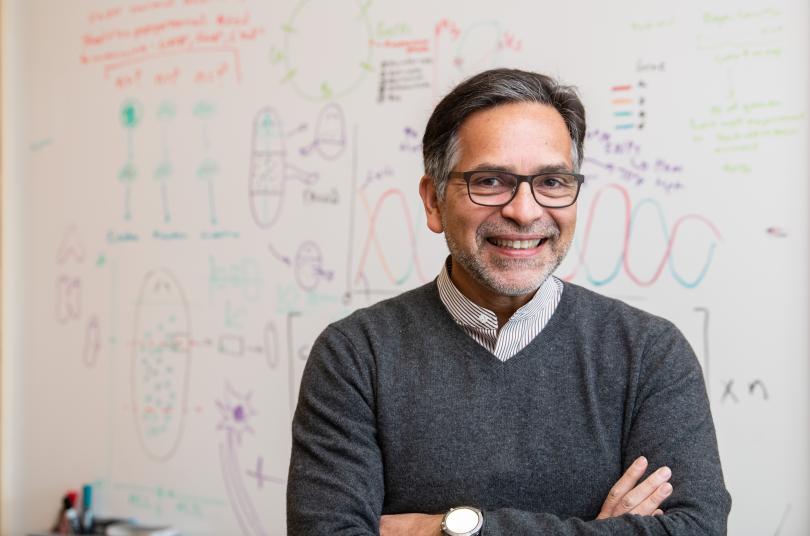
Bio:
Sánchez Alvarado received a BS in molecular biology and chemistry from Vanderbilt University in Nashville, TN, and a PhD in pharmacology and cell biophysics from the University of Cincinnati College of Medicine in Cincinnati, OH. He performed postdoctoral and independent research at the Carnegie Institution of Washington, Department of Embryology in Baltimore, MD. In 2002, he joined the faculty of the University of Utah School of Medicine in Salt Lake City where he held the H.A. & Edna Benning Presidential Endowed Chair. In 2005, he was named a Howard Hughes Medical Institute Investigator. He joined the Stowers Institute for Medical Research in Kansas City in 2011 and became the President and Chief Scientific Officer of the Stowers Institute in 2022. He also holds the Priscilla Wood Neaves Chair in the Biomedical Sciences.
Sánchez Alvarado is an elected member of the National Academy of Science, the American Academy of Arts and Sciences, and the Latin American Academy of Sciences, a Kavli Fellow of the National Academy of Sciences USA, a Fellow of the Marine Biological Laboratory in Woods Hole, MA, a Fellow of the American Association for the Advancement of Science, and a recipient of a National Institutes of Health MERIT award, the EE Just Medal for Scientific Achievement, and the Vilcek Prize in Biomedical Sciences. He has served on numerous scientific advisory committees and boards including the National Advisory Council of the National Institute of General Medical Sciences, National Institutes of Health, and presently serves on the Board of Directors of American Century Investments.
Sánchez Alvarado’s work has the potential to lead to a better understanding of how the adult forms of higher organisms, including humans, carry out their biological functions. His research also has led to insights on the molecular and genetic drivers of both regenerative and degenerative cellular processes that contribute to disease.
Abstract:
It is paradoxical that for many organisms (including humans), the apparent anatomical stability of their adult bodies is maintained by constant change. Despite the importance of tissue homeostasis and regeneration to human biology and health, relatively little is known about how these processes are regulated. As such, numerous questions remain unanswered, including: How do organ systems maintain their order and function while in a state of cell flux? How do animals control and coordinate the size and cell number of multiple organ systems? Does regeneration of body parts lost to injury invoke embryonic processes, generic patterning mechanisms, or unique circuitry comprised of well-established patterning genes? Answering any of these questions would set a baseline from which to try to enhance regenerative properties in multicellular organisms such as humans, particularly after injury.
One way to solve a complex problem is to reduce it to a simpler, easier to answer problem. Therefore, reducing the complexities of regeneration and tissue homeostasis to the study of comparatively simpler systems would allow for a systematic dissection and mechanistic understanding of these processes. Here, I will discuss how the use of single-cell and spatial transcriptomics is helping define the cellular and molecular environments that support pluripotency in the highly regenerative freshwater planarian Schmidtea mediterranea and regeneration of missing organs in the hemichordate Ptychodera flava. Our studies are beginning to shed light on the way adult animals regulate tissue homeostasis and the replacement of body parts lost to injury.


